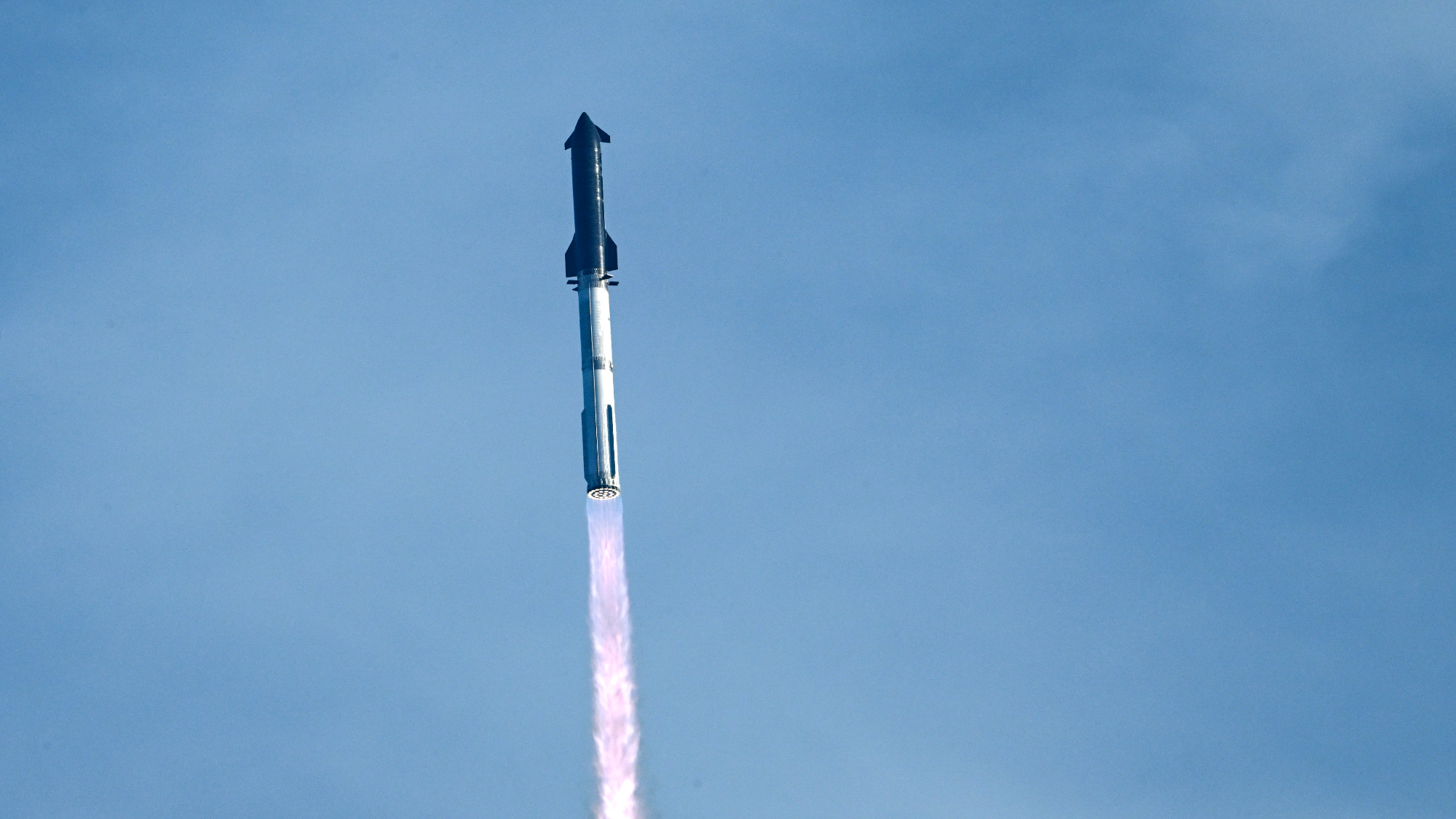Comet to make first appearance since Neanderthal times

The new year is bringing in a new comet! At the end of the month, green Comet C/2022 E3 (ZTF) will be visible to the naked eye for the first time since the Neanderthal times, Space.com writes.
The comet was discovered by researchers in March and is approximately 100 million miles away from Earth, Newsweek reports. It is expected to make its closest pass to the sun on Jan. 12 and the closest pass to Earth at the beginning of February. As it gets closer to Earth, the more likely it can be seen without binoculars or a telescope, NASA explains.
Comet C/2022 E3 (ZTF) is known as a long-period comet, meaning its orbit is very large, reports CBS News. "Countless more unknown long-period comets have never been seen by human eyes," writes NASA. "Some have orbits so long that the last time they passed through the inner solar system, our species did not yet exist."
The Week
Escape your echo chamber. Get the facts behind the news, plus analysis from multiple perspectives.

Sign up for The Week's Free Newsletters
From our morning news briefing to a weekly Good News Newsletter, get the best of The Week delivered directly to your inbox.
From our morning news briefing to a weekly Good News Newsletter, get the best of The Week delivered directly to your inbox.
While scientists predict that the comet will be bright enough to see with the naked eye, there is no guarantee. It is "notoriously hard" to predict comet brightness according to Tania de Sales Marques, astronomer at the Royal Observatory Greenwich. This is because they don't emit their own light.
It is recommended to view the comet when the moon is dim in the sky, like during a new moon. "It's still an awesome opportunity to make a personal connection with an icy visitor from the distant outer solar system," said Preston Dyches from NASA's Jet Propulsion Laboratory.
A free daily email with the biggest news stories of the day – and the best features from TheWeek.com
Devika Rao has worked as a staff writer at The Week since 2022, covering science, the environment, climate and business. She previously worked as a policy associate for a nonprofit organization advocating for environmental action from a business perspective.
-
 Appetites now: 2025 in food trends
Appetites now: 2025 in food trendsFeature From dining alone to matcha mania to milk’s comeback
-
 Political cartoons for December 19
Political cartoons for December 19Cartoons Friday’s political cartoons include unemployment rates, taunts and prayers, and more
-
 Who is paying for Europe’s €90bn EU loan?
Who is paying for Europe’s €90bn EU loan?Today’s Big Question Kyiv secures crucial funding but the EU ‘blinked’ at the chance to strike a bold blow against Russia
-
 Blue Origin launches Mars probes in NASA debut
Blue Origin launches Mars probes in NASA debutSpeed Read The New Glenn rocket is carrying small twin spacecraft toward Mars as part of NASA’s Escapade mission
-
 ‘The Big Crunch’: why science is divided over the future of the universe
‘The Big Crunch’: why science is divided over the future of the universeThe Explainer New study upends the prevailing theory about dark matter and says it is weakening
-
 Dinosaurs were thriving before asteroid, study finds
Dinosaurs were thriving before asteroid, study findsSpeed Read The dinosaurs would not have gone extinct if not for the asteroid
-
 The moon is rusting
The moon is rustingUnder the radar The Earth is likely to blame
-
 Panspermia: the theory that life was sent to Earth by aliens
Panspermia: the theory that life was sent to Earth by aliensUnder The Radar New findings have resurfaced an old, controversial idea
-
 Africa could become the next frontier for space programs
Africa could become the next frontier for space programsThe Explainer China and the US are both working on space applications for Africa
-
 NASA reveals ‘clearest sign of life’ on Mars yet
NASA reveals ‘clearest sign of life’ on Mars yetSpeed Read The evidence came in the form of a rock sample collected on the planet
-
 SpaceX breaks Starship losing streak in 10th test
SpaceX breaks Starship losing streak in 10th testspeed read The Starship rocket's test flight was largely successful, deploying eight dummy satellites during its hour in space
